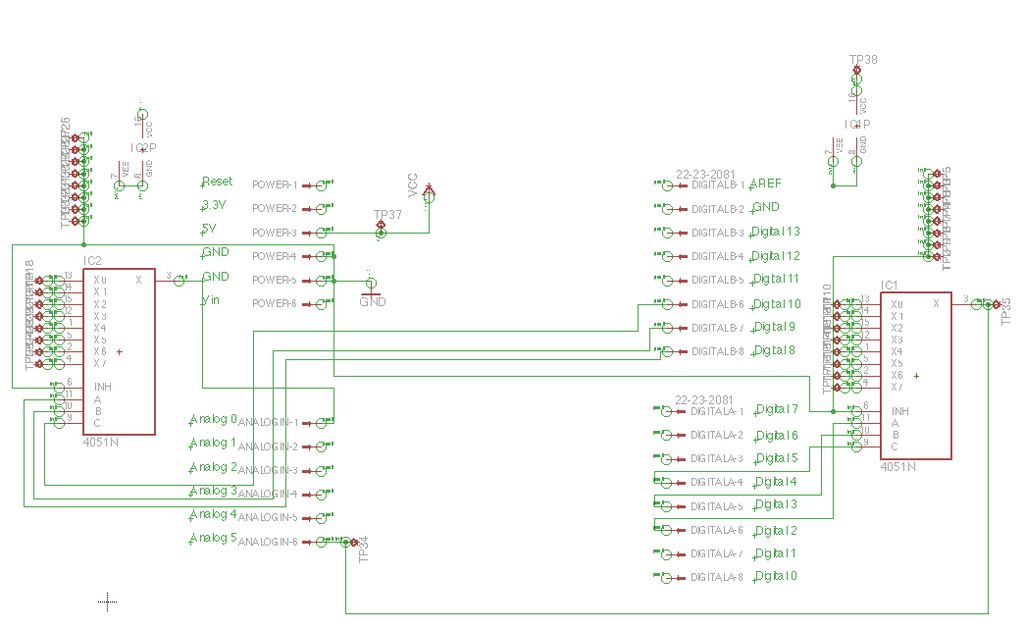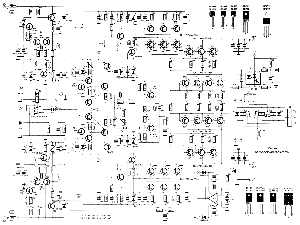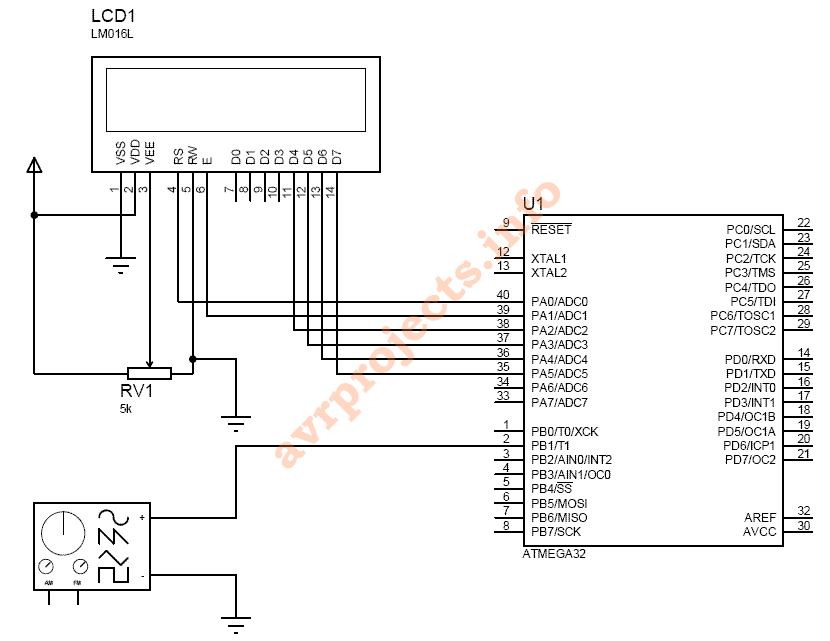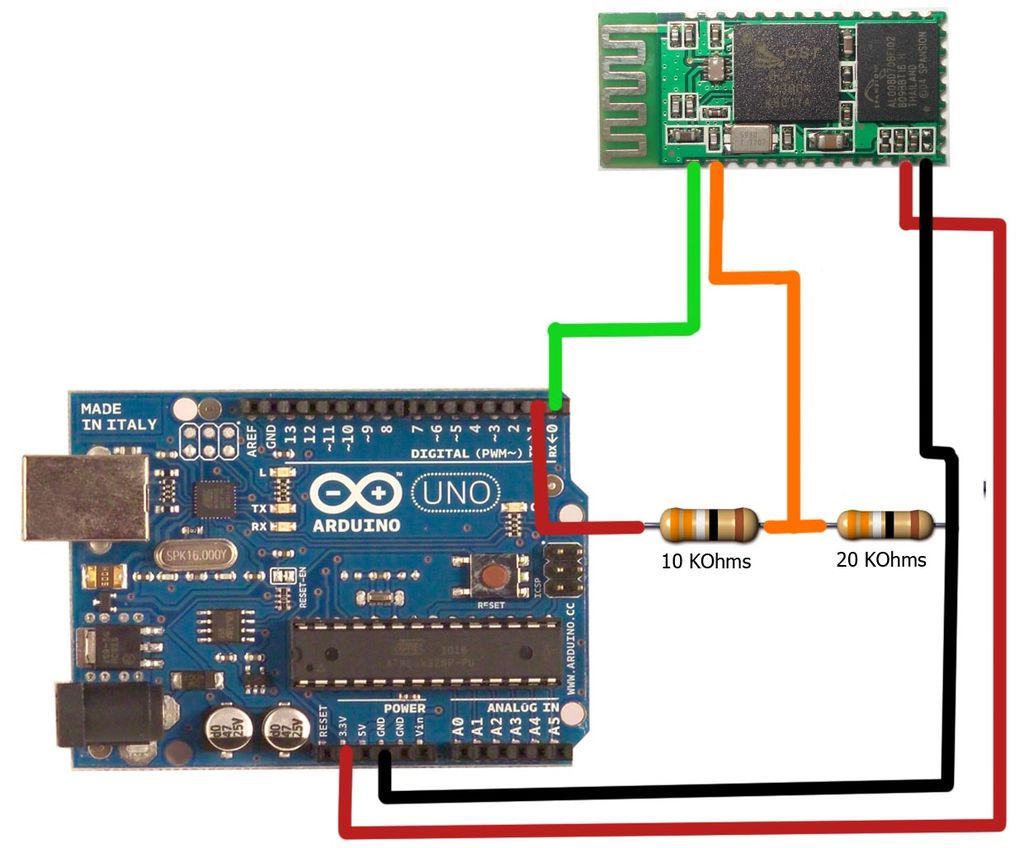
Pressure Activated Light-Up Umbrella using an Arduino

Inspired by a previous project, a unique design was developed that incorporates an umbrella capable of playing musical notes when pressed. For additional information regarding the 4051 chip, which functions as a multiplexer or demultiplexer, refer to resources available on the Arduino Playground. The implementation involved the use of two breadboards, with a 4051 multiplexer/demultiplexer placed on each board. The inputs and outputs were then appropriately connected to the Arduino.
The project utilizes the 4051 chip, which is an 8-channel analog multiplexer/demultiplexer, allowing for the selection of one of eight input signals to be sent to a single output or vice versa. In this application, the 4051 is employed to manage multiple input signals from pressure sensors integrated into the umbrella. When a section of the umbrella is pressed, the corresponding sensor activates, sending a signal to the Arduino.
The circuit design consists of two breadboards, each housing a 4051 chip. The first breadboard is dedicated to the input pressure sensors, which are strategically placed throughout the umbrella to detect user interaction. Each sensor is connected to one of the input pins of the 4051. The output pin of the 4051 is then connected to an analog input pin on the Arduino, allowing it to read the state of the activated sensor.
The second breadboard is configured to handle the output signals, which may include driving a small speaker or piezo buzzer to produce sound. The Arduino processes the input from the 4051, determining which sensor has been activated, and generates the corresponding musical note. The notes can be pre-defined in the Arduino code, allowing for a range of sounds to be played based on the specific sensor pressed.
Power for the circuit is typically supplied through the Arduino, ensuring that both the 4051 chips and the sensors operate within their specified voltage ranges. It is important to consider the overall current draw and ensure that the Arduino can provide sufficient power for all components.
In summary, this project combines the functionality of the 4051 multiplexer/demultiplexer with pressure sensors to create an interactive musical umbrella. The use of breadboards facilitates easy prototyping and adjustments, allowing for experimentation with different sensor placements and audio outputs.*We were inspired by the following project, and looked at the code for it, but ended up developing our own. However, if you are interested in making an umbrella that plays musical notes due to press, this is a great page: For more information about the 4051 chip, used as a multiplexer or demultiplexer, refer to Arduino playground`s page at We did
this by using 2 bread boards, placing a 4051 multiplexer/demultiplexer in each, and then connected inputs/outputs to the correct places on the Arduino. 🔗 External reference
The project utilizes the 4051 chip, which is an 8-channel analog multiplexer/demultiplexer, allowing for the selection of one of eight input signals to be sent to a single output or vice versa. In this application, the 4051 is employed to manage multiple input signals from pressure sensors integrated into the umbrella. When a section of the umbrella is pressed, the corresponding sensor activates, sending a signal to the Arduino.
The circuit design consists of two breadboards, each housing a 4051 chip. The first breadboard is dedicated to the input pressure sensors, which are strategically placed throughout the umbrella to detect user interaction. Each sensor is connected to one of the input pins of the 4051. The output pin of the 4051 is then connected to an analog input pin on the Arduino, allowing it to read the state of the activated sensor.
The second breadboard is configured to handle the output signals, which may include driving a small speaker or piezo buzzer to produce sound. The Arduino processes the input from the 4051, determining which sensor has been activated, and generates the corresponding musical note. The notes can be pre-defined in the Arduino code, allowing for a range of sounds to be played based on the specific sensor pressed.
Power for the circuit is typically supplied through the Arduino, ensuring that both the 4051 chips and the sensors operate within their specified voltage ranges. It is important to consider the overall current draw and ensure that the Arduino can provide sufficient power for all components.
In summary, this project combines the functionality of the 4051 multiplexer/demultiplexer with pressure sensors to create an interactive musical umbrella. The use of breadboards facilitates easy prototyping and adjustments, allowing for experimentation with different sensor placements and audio outputs.*We were inspired by the following project, and looked at the code for it, but ended up developing our own. However, if you are interested in making an umbrella that plays musical notes due to press, this is a great page: For more information about the 4051 chip, used as a multiplexer or demultiplexer, refer to Arduino playground`s page at We did
this by using 2 bread boards, placing a 4051 multiplexer/demultiplexer in each, and then connected inputs/outputs to the correct places on the Arduino. 🔗 External reference





